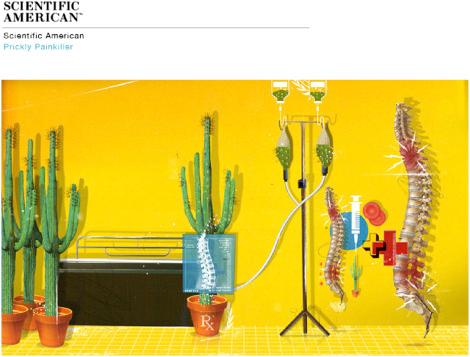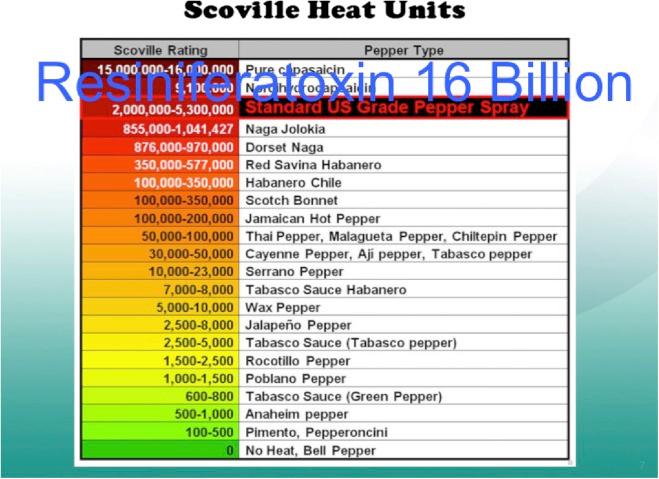Physical Address
304 North Cardinal St.
Dorchester Center, MA 02124
Intractable cancer pain continues to be a significant issue for oncological care. Although the spread of the disease may be controlled, symptom management for nausea, vomiting, lack of appetite, and pain control can be elusive. Interventional treatments, such as intrathecal (IT) neurolysis, may need to be utilized once conventional systemic therapies have been tried and failed.
IT neurolytic blockade to the sympathetic chain and spinal cord can significantly reduce refractory pain from cancer and oral analgesic requirements ( ). Use of IT neurolytic blockade for treatment of chronic pain was first described by Dogliotti in . However, a report of over 2000 subarachnoid blocks in 1981 demonstrated that neurolytic blockade is nonselective for sensory and motor neurons and can leave patients with transient (4.3%) or permanent (0.8%) paralysis ( ). IT neurolytic blockade has traditionally been performed using alcohol and phenol ( ). Alcohol at 50% is hypobaric to cerebrospinal fluid (CSF), and when injected there is rostral spread in the CSF when the head is down relative to injection site. When injected intrathecally there is a burning quality that many patients find difficult to tolerate, which may necessitate moderate sedation to general anesthesia. Phenol, often 6%–10%, is hyperbaric and viscous, tends to spread caudally, and can produce direct neural damage, vascular damage, and infarcts. Both alcohol and phenol can produce an estimated 3–6 months of significant relief of cancer pain, but their potential distribution to the anterior motor nerve roots can lead to paresis, urinary retention, and paralysis.
Modern alternatives derived from natural agents such as euphorbia and soapwort, which are synthesized to resiniferatoxin (RTX) and saporin, respectively, offer durable IT analgesia for cancer pain but avoid prolonged motor dysfunction. RTX, a TRPV1 agonist, and saporin, a ribosomal-inactivating protein, may produce long-lasting pain relief for more than 6 months after IT administration. This chapter explores the history, current research, and future studies of these novel natural compounds for cancer pain relief.
RTX comes from the genus of plants called Euphorbia. The most common of the species is sold during Christmas as the poinsettia ( Euphorbia pulcherrima ), and is indigenous to Mexico ( ). RTX ( Euphorbia resinifera ) is a cactus-like plant that comes from Morocco ( ); see Fig. 69.1 .

As a genus, all Euphorbia plants contain a viscous, milky-white latex, and this latex contains the potent TRPV1 agonist RTX. The synthesis of (+) resiniferatoxin was completed by the Wender group at Stanford University in 1997 ( ). RTX is one of the most potent TRPV1 receptor agonists and potentially one of the best agents to treat inflammatory and intractable chronic pain.
TRPV1 receptors are nonselective cation channels that are sensitized from noxious stimuli, leading to inflammatory conditions and pain. In chronic pain states, vanilloid (TRPV1) receptors are up-regulated on neurons, have reduced stimulation thresholds, and cause an increased perception of pain. TRPV1 agonists, such as capsaicin, will activate and depolarize TRPV1 receptors, initially causing a burning sensation from stimulation of the nerve. After the TRPV1 receptors are completely depolarized, the nociceptive areas are desensitized and become analgesic, particularly to neuropathic pain ( ). Capsaicin, a less potent TRPV1 agonist than RTX, has been approved for the treatment of postherpetic neuralgia ( ). RTX, the most potent TRPV1 receptor agonist, is 1000–10,000 times more potent than capsaicin or 16 billion on the Scoville scale; see Fig. 69.2 .

RTX can reduce chronic pain without affecting normal pain perception, sensation, or motor function.
Become a Clinical Tree membership for Full access and enjoy Unlimited articles
If you are a member. Log in here